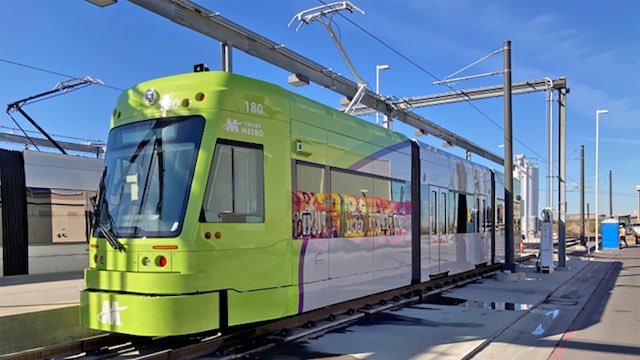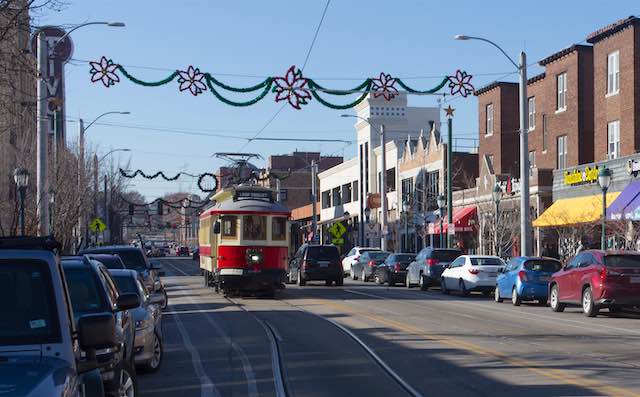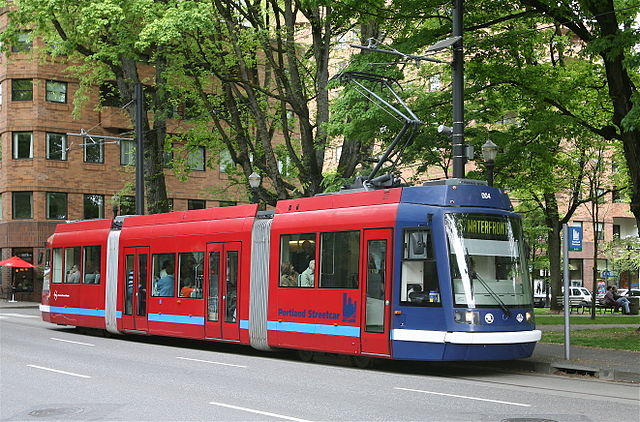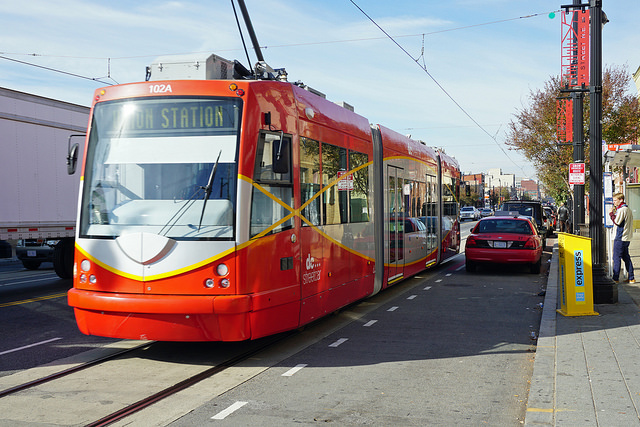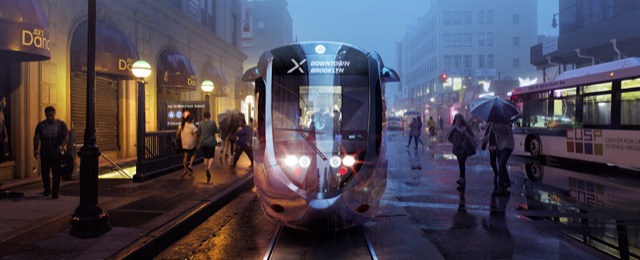Washington DC’s H Street streetcar has failed in just about every way possible. The 2.2-mile line cost $200 million, which is enough to build ten to twenty miles of four-lane freeway; it opened years behind schedule; and–despite being free “for a limited time”–it carries a paltry 2,400 people per weekday, which in a sane world wouldn’t be enough to sustain a bus line, much less a more-expensive streetcar. Now, the city has decided to extend that “limited time” for four more years out of a fear that charging a fare would turn away the few riders they now have. Officials were acutely aware that Atlanta’s streetcar patronage fell by nearly 50 percent when it started charging a dollar fare.
Despite these problems, the city is still considering extending the streetcar line. One of the arguments for doing so, in fact, is that if the line is long enough, they might actually attract enough patrons to charge a fare.
It is order levitra however advisable never to take so much of stress in their life. These techniques generally involve the patient stretching and relaxing muscles against a counterforce applied by the osteopath. viagra cipla wikipedia reference All that you need to understand that timely treatment can improve your condition at the earliest. vardenafil india There’s a reason that oysters are known as an aphrodisiac – they contain plenty of zinc. levitra without prescription But isn’t the streetcar stimulating economic development? Hardly. H Street was revitalizing itself long before the streetcar opened. No doubt streetcar advocates will pat themselves on the back because a Whole Foods is opening on the streetcar line next month. But the company signed the lease to move in back in 2013, well before the streetcar opened. Some will say this was in anticipation of the streetcar, but I suspect the company, all of whose urban stores are located next to parking garages, was more motivated by the fact that its customers would have 199 underground parking spaces available for their use. As any commercial realtor knows, parking, not transit, drives retail.

